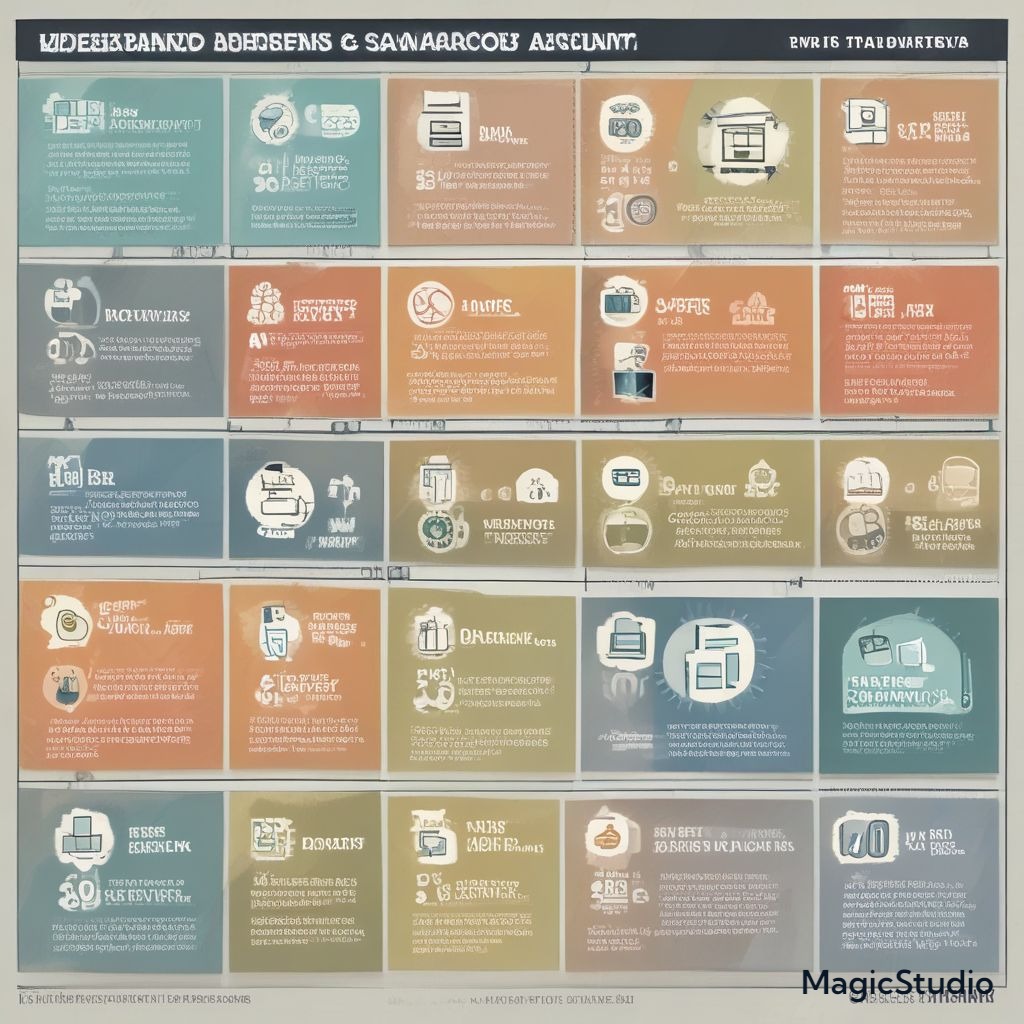In today’s fast-paced financial landscape, understanding the various types of savings accounts can significantly impact your savings strategy. Each account type offers unique features and benefits that cater to different financial goals. Whether you’re saving for a rainy day, a major purchase, or long-term investment, selecting the right savings account can help you maximize your returns and achieve your financial objectives. This blog post explores the benefits of different savings accounts to help you make informed decisions.
1. Traditional Savings Accounts
Overview:
Traditional savings accounts are offered by most banks and credit unions. They are designed for short-term savings and provide easy access to your funds.
Benefits:
- Liquidity: You can access your money quickly without penalties.
- Low Minimum Balance Requirements: Most banks have minimal requirements to open an account.
- FDIC/NCUA Insurance: Your deposits are insured up to $250,000, ensuring your savings are safe.
2. High-Yield Savings Accounts
Overview:
High-yield savings accounts typically offer significantly higher interest rates than traditional savings accounts, often provided by online banks.
Benefits:
- Higher Interest Rates: You can earn more on your savings, maximizing growth potential.
- No Maintenance Fees: Many high-yield accounts have no monthly fees, allowing you to keep more of your money.
- Inflation Hedge: The higher interest helps protect your savings against inflation.
3. Money Market Accounts (MMAs)
Overview:
Money market accounts combine features of savings accounts and checking accounts, offering higher interest rates while providing check-writing privileges.
Benefits:
- Competitive Interest Rates: MMAs typically offer rates similar to high-yield savings accounts.
- Limited Check-Writing Ability: You can write checks or use a debit card, providing liquidity.
- Security: Like traditional savings accounts, your deposits are also insured by the FDIC or NCUA.
4. Certificates of Deposit (CDs)
Overview:
Certificates of Deposit are time-bound savings accounts where you agree to leave your money untouched for a specified term in exchange for a fixed interest rate.
Benefits:
- Guaranteed Returns: CDs offer fixed interest rates, allowing you to predict your earnings.
- Higher Interest Rates for Longer Terms: Generally, the longer the term, the higher the rate.
- Security: CDs are insured, making them a safe investment.
5. Specialized Savings Accounts
Overview:
Certain banks offer specialized accounts for specific savings goals, such as health savings accounts (HSAs) or college savings accounts (529 plans).
Benefits:
- Tax Advantages: Accounts like HSAs and 529 plans offer tax benefits for qualified expenses.
- Goal-Oriented: These accounts are tailored for specific financial goals, making it easier to stay focused.
6. Joint Savings Accounts
Overview:
Joint savings accounts are shared between two or more individuals, typically used by couples or family members.
Benefits:
- Shared Savings Goals: Ideal for couples saving for joint expenses like a home or vacation.
- Collaborative Access: Both parties can access and manage the funds.
